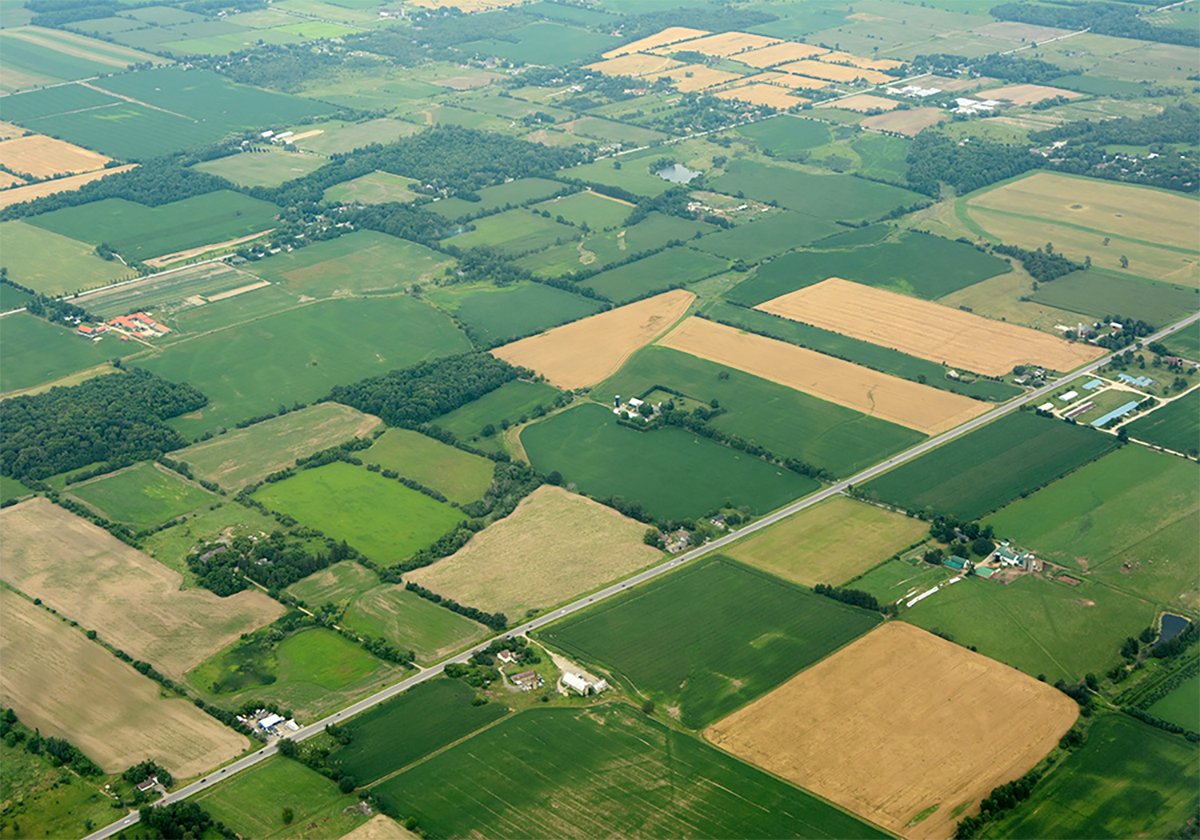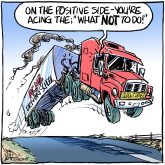Day was breaking in Rome on June 3 as hunger activists gathered in a tiny urban valley called Circo Massimo to rehearse what even they called a “stunt.”
Later that day, the first of the massive United Nations Food and Agriculture summit on what it deems a world hunger crisis driven by skyrocketing food prices, these activists would unfurl a long banner proclaiming: “Stop Profiting from Hunger. Right to Food Now.”
It was probably aimed at speculators investing in food futures, but it also could mean farmers shouldn’t make a profit.
Read Also

Higher farmland taxes for investors could solve two problems
The highest education and health care land tax would be for landlords, including investment companies, with no family ties to the land.
What most struck a passing runner was how appropriate that spot was for a message aimed at FAO delegates at headquarters 100 metres away who were about to wring their hands over the sudden emergence of a hunger crisis and food riots.
The gap between words and reality has been a regular feature of covering FAO meetings over the past 15 years.
Perhaps it begins with the building itself, a huge block of stone and concrete built amid the Roman ruins by Fascist dictator Benito Mussolini in the 1930s to administer what he imagined would be the recreation of the Roman Empire.
All that remains is the headquarters, housing the army of FAO bureaucrats trying to develop and support agricultural production in the developing world.
But perhaps the ghost of high hopes, soaring rhetoric and little accomplishment lingers from those Mussolini days.
The words that flow when FAO members gather to bemoan the hundreds of millions of poor people who are chronically undernourished and to promise that they will marshal their resources to help rarely results in much.
They go home and carry on as before.
Those are not the thoughts of a cynical journalist. They are the conclusions of FAO director general Jacques Diouf, who opened last week’s summit by lecturing delegates that the widespread hunger of 2007-08 is “disaster foretold.”
Twelve years ago, delegates pledged to halve hunger by 2015. By 2002, the number of hungry was rising so another summit recommitted. Yet investment in agriculture continued to decline.
Now, they gather again only after “media thrust the painful spectacle of suffering into the homes of the wealthy countries. It was only when the destitute and those excluded from the abundant tables of the rich took to the streets to voice their discontent and despair that the first reactions in support of food aid began to emerge.”
With those somber words of failure, Diouf was willing to try again. Will they be back in 2013?














